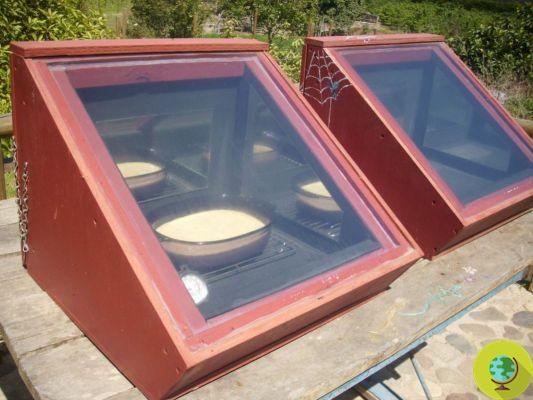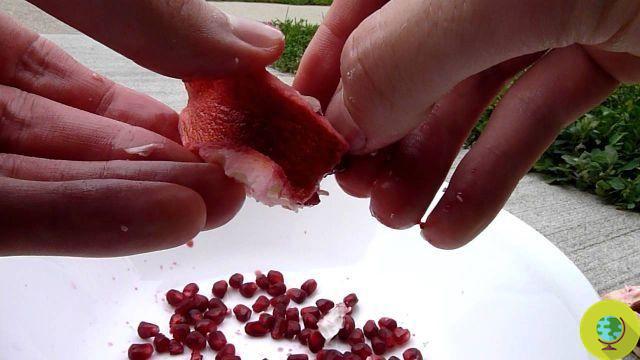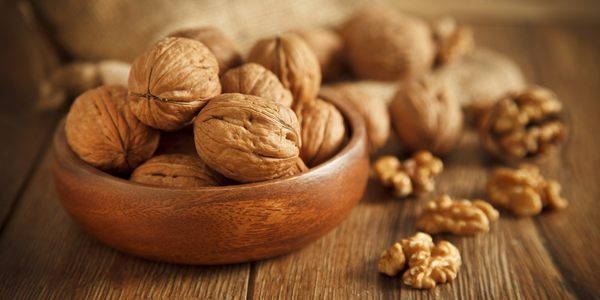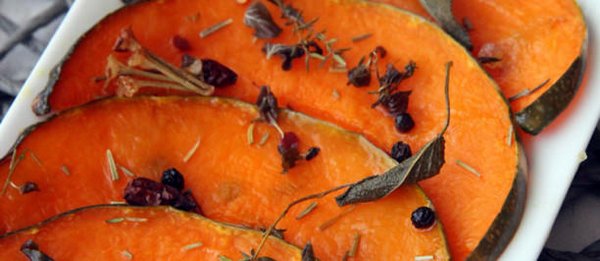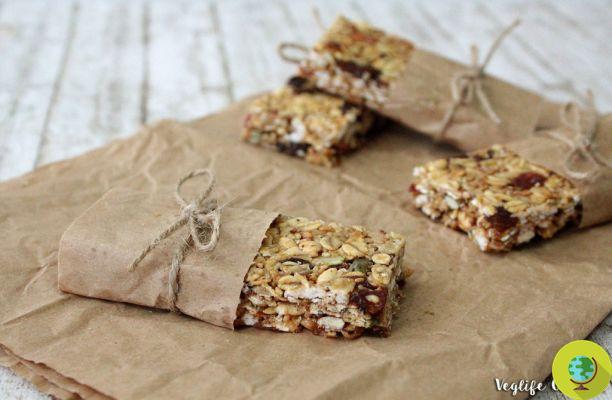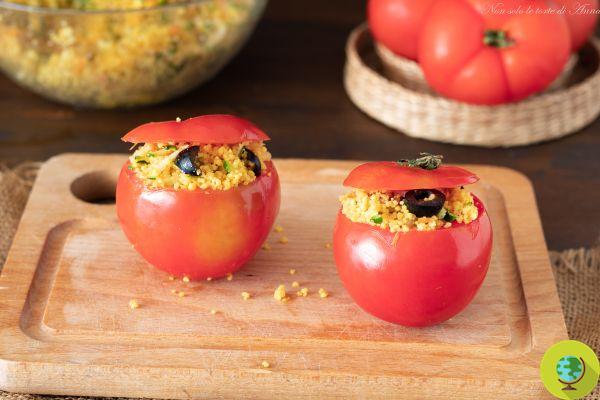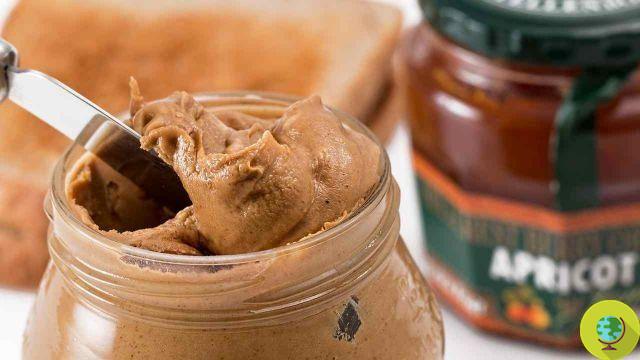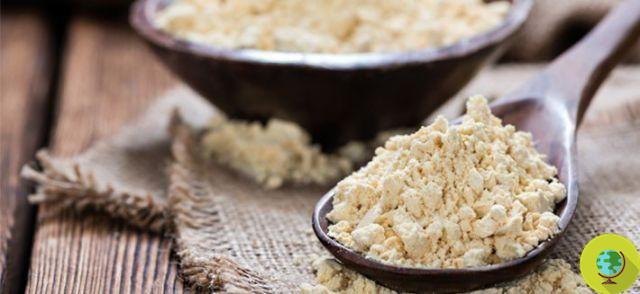
Did you know that lupins make a very versatile, tasty and gluten-free flour? Lupine is a food with a very ancient history. It is typical of the Mediterranean and South America. Traces of it were found both in the pyramids of the Egyptians and in the tombs of the Maya.
Don't store avocado like this: it's dangerous
Did you know that lupins make a very versatile, tasty and gluten-free flour? The lupine it is a food with a very ancient history. It is typical of the Mediterranean and South America. Traces of it were found both in the pyramids of the Egyptians and in the tombs of the Maya.
In the past, lupins were grown both for human consumption but also for therapeutic uses and for grazing. There lupine flour it tends to maintain the properties of the starting food intact.
Lupine is a legume that for a long time was part of the poor diet and then became a typical regional product, available in the stalls of the village fairs. Now the rediscovery of lupins and lupine flour is bringing its use back into fashion, especially for preparation of gluten-free, vegetarian or vegan dishes.
Index
Properties and benefits of lupine flour
Lupine meal - like lupins themselves - is a plant-based source of protein. Lupine flour contains mineral salts such as iron and potassium. Like other legumes, it has a content of B vitamins, with particular reference to Vitamin B1.
Since lupins are one of the richest legumes in protein, here is that using lupine flour in the kitchen allows you to enrich the sources of the same present in our diet. From a health point of view, lupines would be able to reduce cholesterol and prevent diseases such as hypertension and diabetes.
As regards the specific data, it is important to underline that lupine flour is composed of 43% proteins. So 100 grams of lupine flour contains 43 grams of protein. The figure is equal - indeed, slightly higher - to that of soy (40,8% of protein on 100 grams of soy flour) and is comparable to the amount of protein present in meat or eggs.
Lupins and lupine flour have a low content of phytates, that is, of those substances that reduce the bioavailability of important mineral salts such as zinc and calcium. Lupine flour is an important one protein concentrate and it has a pleasant taste that can enrich many dishes, from vegetable burgers to homemade pasta.
Lupine flour it is rich in fiber which tend to absorb water and make the dough more fragrant and light. It has an emulsifying function that facilitates the preparation of doughs that contain fats. Contains particular proteins that help reduce cholesterol and blood sugar. This flour is low in carbohydrates and is an important source of fiber. It lowers the glycemic index of the products to which it is added, while increasing the protein and fiber content.
You use lupine flour
Lupine flour it is obtained by grinding dried and lightly toasted lupins. It is mainly used for the preparation of both sweet and savory baked goods. You can use it to varying degrees from 10% to 30% inside the dough in the preparation of bread in combination with wheat flour.
You use lupine flour for:
1) Enrich the dough with homemade bread
2) Vary the preparation of the fresh pasta, such as noodles and gnocchi
3) Prepare salty baked goods like crackers and breadsticks
4) Make the dough compact dthe burgers, meatballs and vegetable cutlets
5) Prepare pastel and panature
6) Vary the dough of savory pies
7) Prepare one flour replacing the chickpea flour
8) Prepare original doughs for cakes, muffins, plum cakes and biscuits
9) Thicken soups and soups
10) Prepare wraps and focaccias homemade in combination with other flours
You know other uses of lupine flour?
Where to find lupine flour
Lupine flour is not yet a common product in conventional supermarkets. You can find lupine flour in organic food shops, in herbalist's shops, in points of sale dedicated to natural food, in gluten-free products shops and in online shops of natural and organic foods.
Marta Albè
Photo source: dietland.com
Read also:
Chickpea flour: properties, uses and how to make it yourself




